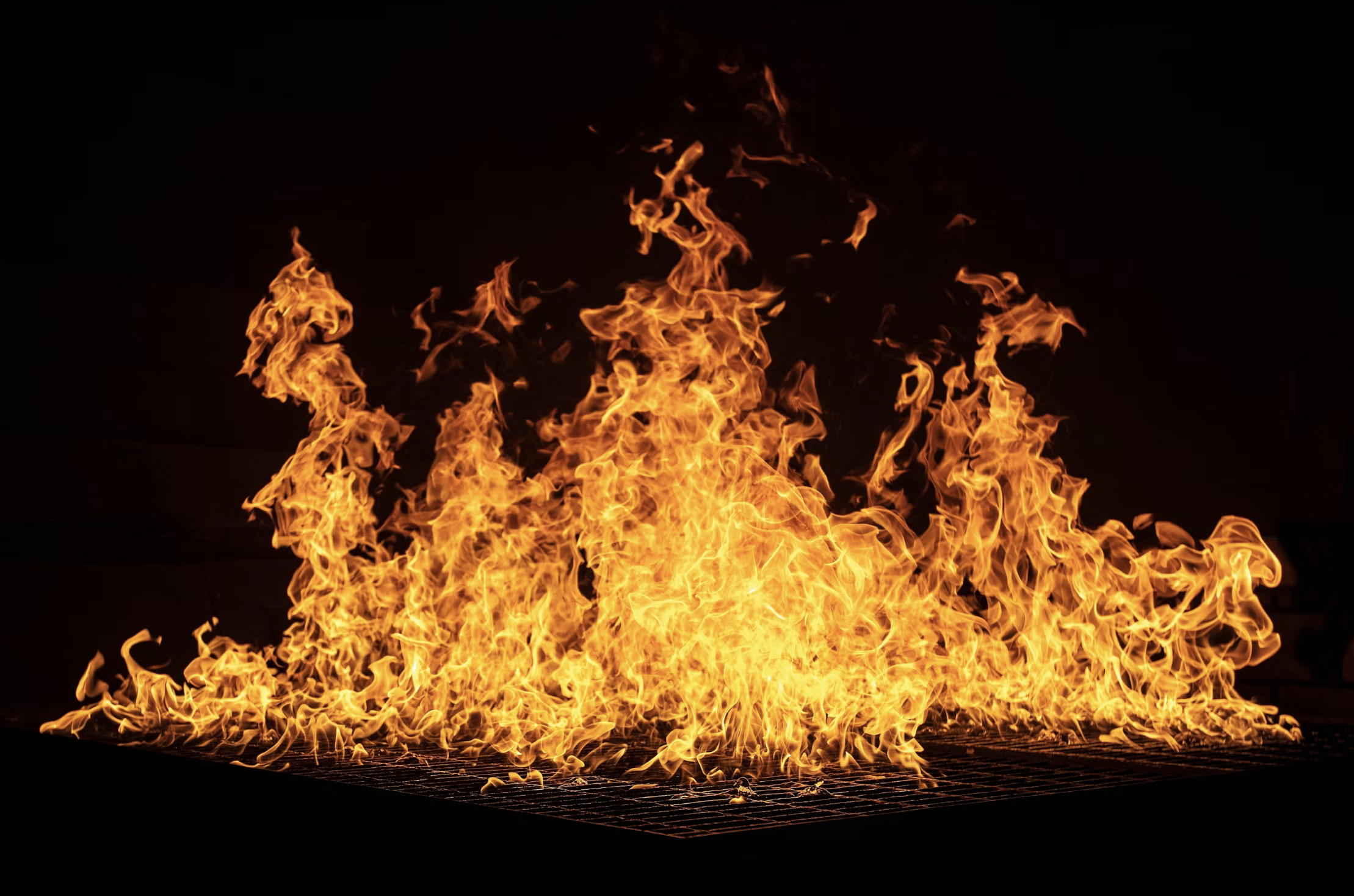
The Evolution of Fire Suppression Systems: A Historical Perspective
From the earliest societies to our modern 21st-century world, the quest to combat fire has been historically relentless. One means of protection, fire suppression systems, remain at the forefront of this plight, evolving from simple, manual methods to today’s advanced, automated solutions.
But when exactly did fire suppression systems originate? How has technology shaped what we’ve come to know of these firefighting agents? And, maybe most importantly, what’s in store for their future?
Discover the pivotal moments and ingenious minds that have contributed to the development of fire suppression systems over the course of our history.
The Early Days: Water and Manual Efforts
The history of fire suppression begins with the most basic element: water.
For centuries, the primary method of extinguishing fires was the manual application of water, using buckets, pots, and, eventually, hand-pumped hoses. Ancient communities would even form bucket brigades, passing water hand-to-hand to douse flames.
However, despite their forward-thinking and hard work, the efficiency of these early methods was limited. Effectively extinguishing flames relied on the speed and endurance of the human chain and the proximity to a water source, which wasn’t always easy to come by.
The 19th Century: The Advent of Fire Extinguishers
The 19th century marked a significant turn in fire suppression technology with the invention of the fire extinguisher.
In 1818, British Captain George William Manby developed the first portable fire extinguisher, which used potassium carbonate solution propelled by compressed air. This seminal innovation was a revolutionary step that shifted the paradigm of fire response from reactive bucket brigades to proactive fire control. Manby’s design enhanced the immediacy and effectiveness of firefighting efforts and set a precedent for safety innovation, inspiring a wave of other advancements.
The Rise of Chemical Solutions
Following Manby’s invention, the 19th and early 20th centuries saw the introduction of chemical-based fire extinguishers. Soda-acid, foam, and carbon tetrachloride extinguishers were developed, each utilizing different chemical reactions to suppress fires.
These advancements allowed for more efficient and effective fire suppression methods capable of addressing various types of fires, including those that water could not extinguish.
The Era of Automatic Sprinkler Systems
Perhaps the most revolutionary development in fire suppression technology was the introduction of the automatic sprinkler system.
Patented in 1872 by Philip W. Pratt and later improved by Henry S. Parmalee, the automatic sprinkler system provided a method for continuous fire protection within buildings. This system was designed to activate when a predetermined temperature was reached, ensuring immediate response to a fire outbreak without human intervention.
Later, the widespread adoption of sprinkler systems would prove to be instrumental in reducing fire-related casualties and property damage.
Halon and Clean Agent Systems
The late 20th century introduced halon gas as a fire suppression agent, offering effective suppression capabilities with minimal damage to electronic and sensitive equipment.
However, due to environmental concerns regarding halon’s ozone-depleting properties, the search for alternative “clean agents” such as FM200 and NOVEC 1230 became a priority. These clean agents provide effective fire suppression while being environmentally friendly, representing a significant step forward in balancing safety and environmental stewardship.
The Digital Age: Smart Fire Suppression Systems
The advent of digital technology has particularly ushered in a new era for fire suppression systems. Today’s systems are equipped with smart sensors and IoT connectivity, enabling them to detect fires with unprecedented accuracy and speed. These systems can differentiate between different types of fires, adjusting their suppression method accordingly.
Plus, they are capable of alerting emergency services and building occupants instantly, facilitating a rapid and coordinated response.
Looking Forward
The future of fire suppression is focused on further innovations in automation, environmental sustainability, and effectiveness. Every day, research and development continue to push the boundaries of what’s possible, exploring new materials, technologies, and fire protection methods.
It’s likely that greener alternatives will continue to gain traction with the development of non-toxic, environmentally friendly suppression agents that ensure safety without compromising our planet’s health. This trajectory holds a promise of fire suppression systems that are both incredibly efficient and aligned with the principles of environmental stewardship.
Get Expert Fire Suppression System Services
With decades of experience with fire suppression technology, Kistler O’Brien Fire Protection is uniquely equipped to protect your business from the threats of flames. Our expertise spans the design, installation, inspection, maintenance, and repair of cutting-edge fire suppression systems, and we offer comprehensive fire safety training for your team.
Serving Pennsylvania, New Jersey, and Delaware, we’re committed to carrying forward the legacy of progress in fire protection. Let us bring the lessons of history to your doorstep, ensuring your business benefits from decades of advancements in fire safety.
Contact Kistler O’Brien Fire Protection today to schedule your commercial fire suppression system service.

